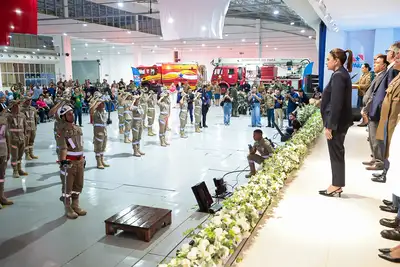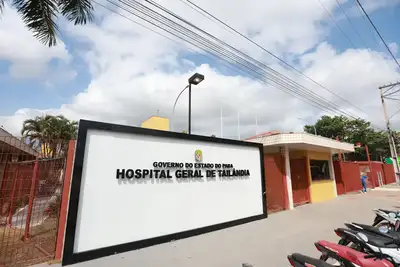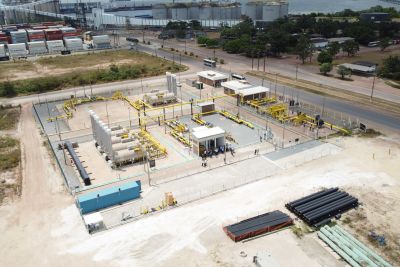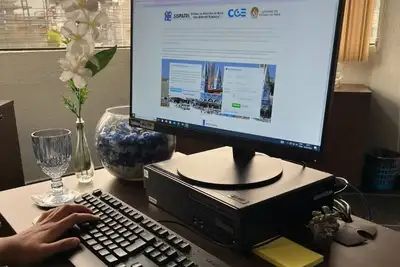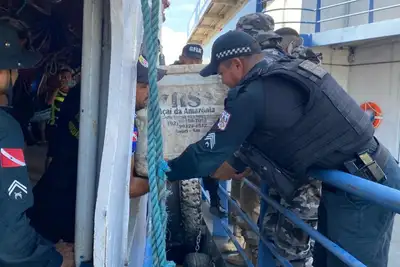Three government health units will present 15 projects at the Patient Quality and Safety Symposium
Innovative initiatives from the teams at HPEG, HRSP, and Poli Metropolitana reinforce the State's commitment to safer, more sustainable, and efficient hospital care
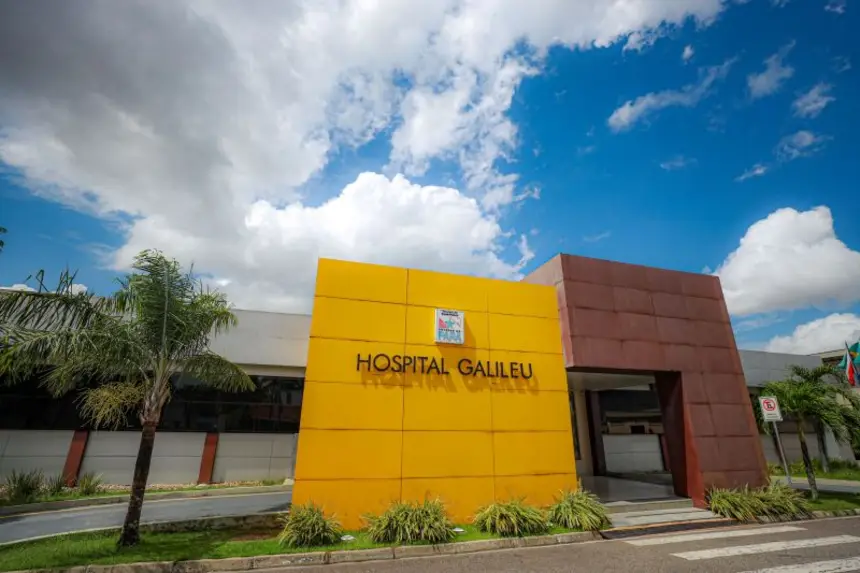
A total of 15 scientific papers, produced by collaborators from three health units of the Government of Pará, were selected for presentation at the Patient Quality and Safety Symposium, which will take place online on September 16 and 17, 2025. In total, the program will be broadcast to five health units in the State.
The event will have the central theme "Patient Safety and Sustainability: Responsible Care from the Start" and will be broadcast to all units managed by the Social Health and Amazon Institute (ISSAA), in partnership with the State Department of Public Health (Sespa).
The productions are the result of an institutional policy to encourage the development of innovative practices that improve the efficiency of hospital management and safety in care. Participating with works are the Regional Hospital of Southeast Pará (HRSP) in Marabá; the State Public Hospital Galileu (HPEG) in Greater Belém; and the Metropolitan Polyclinic, also in the capital.
Culture - According to Paula Narjara, corporate manager of Quality and Patient Safety at ISSAA, the results presented reflect the advances obtained from a continuous, technical, and structured work of promoting a safety culture, capable of qualifying processes and directly impacting the quality of care provided in the SUS.
“Holding a symposium of this magnitude is not just about promoting an event: it is strategically investing in building a culture of excellence, institutional reliability, and technical commitment to strengthening the SUS. The symposium is a showcase of good practices, but above all, a lever for transformation — because it connects professionals, promotes applied science, and reaffirms that quality and safety are non-negotiable pillars in public health.”
Each presentation will have 15 minutes of exposure, totaling five hours dedicated to the 15 selected initiatives.
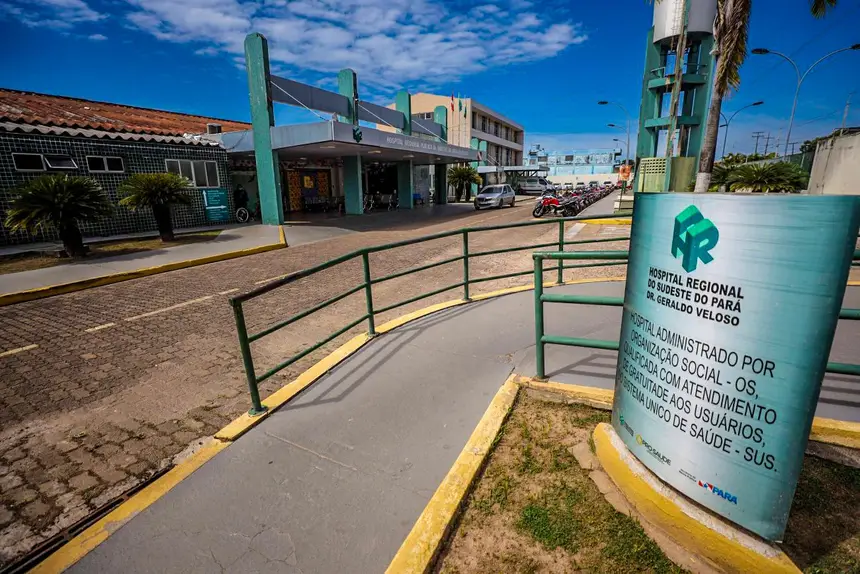
Program - The symposium will bring together doctors, nurses, psychologists, administrators, lawyers, and managers in lectures and round tables. In addition to patient safety, the debates will include sustainability in health, an increasingly relevant topic given the challenges of optimizing resources, reducing environmental impacts, and ensuring continuity of care amid climate change.
For the administrative director of ISSAA, Rodrigo Moreira, the event reinforces the organization's role in disseminating knowledge and strengthening the collaborative culture in hospital units:
“Our commitment is to ensure safe and excellent care, but also responsible from a social and environmental perspective. The symposium is a strategic space for us to reflect on how sustainability and quality can walk together, both in patient care and in the management of health units,” he stated.
Protagonism - The nursing manager of ISSAA, Ângela Barbosa, highlighted the protagonism of the assistance teams in developing the initiatives.
“About 95% of the works were developed by professionals who are on the front line of care. This shows the transformative capacity of nursing, the medical team, and the multiprofessional team when they have space to create, innovate, and share knowledge,” she evaluated.
Axes - The works selected for the symposium highlight central themes that reflect the commitment of health units to the continuous improvement of care. Among them are digital transformation and innovation, exemplified by the use of electronic tracking systems to optimize hospital purchases, and efficiency in the surgical journey, with the application of Lean methodologies to reduce waste and minimize risks. In addition, clinical safety and care protocols are also addressed, covering everything from infection prevention to the adoption of checklists in critical environments.
Another relevant point is the attention to humanization and welcoming care, with a special focus on neonatal ICU and patient experience. Finally, the axis of sustainability and territory values health in contexts of climate crisis and traditional knowledge of gestation and childbirth, reinforcing the commitment of the units to responsible practices aligned with the needs of the population and the environment.
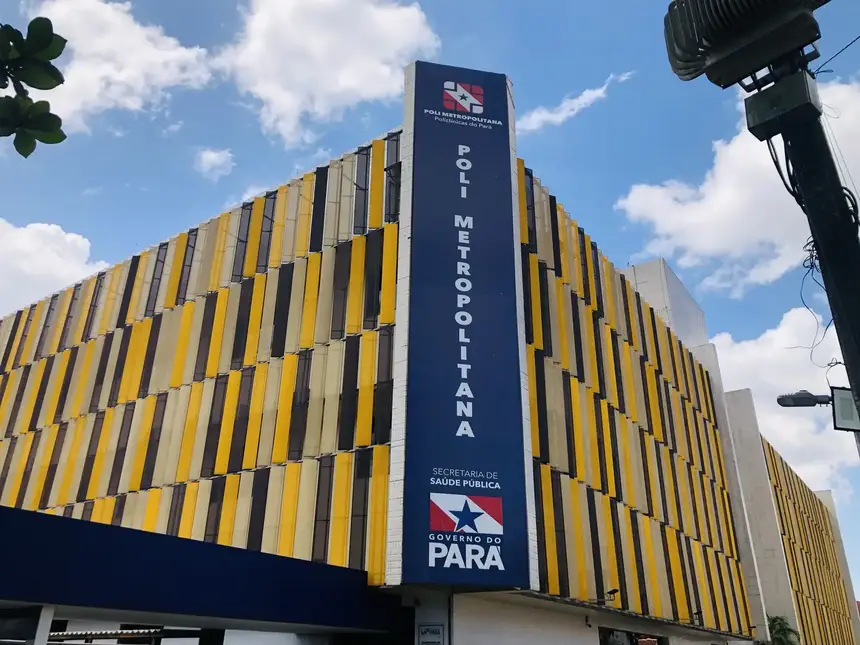
List of Selected Works
State Public Hospital Galileu (HPEG)
Hospitrack – Hospital Purchase Tracking System
Lean Surgical Project – Efficiency in the Surgical Journey
Friends of Bundles: tool in the prevention of VAP
Importance of NHE and its improvement actions
Relevance of the wound committee in public hospitals
Regional Hospital of Southeast Pará (HRSP)
Purple Bracelet: Secure Identification of Patients with Venous Restriction
Reduction of Complications in Hemodynamic Procedures
Simplified Triage and SAE Form for Polytraumatized Patients
Internal Transfer Checklist in Hemodynamics
Humanization in the Neonatal ICU
Kamishibai Methodology in the Prevention of HAIs in Adult ICU
Systematized Nursing Evolution for Qualifying Records.
Metropolitan Polyclinic
Flowchart for Critical Results in Anatomopathological Tests
Text: Roberta Paraense



